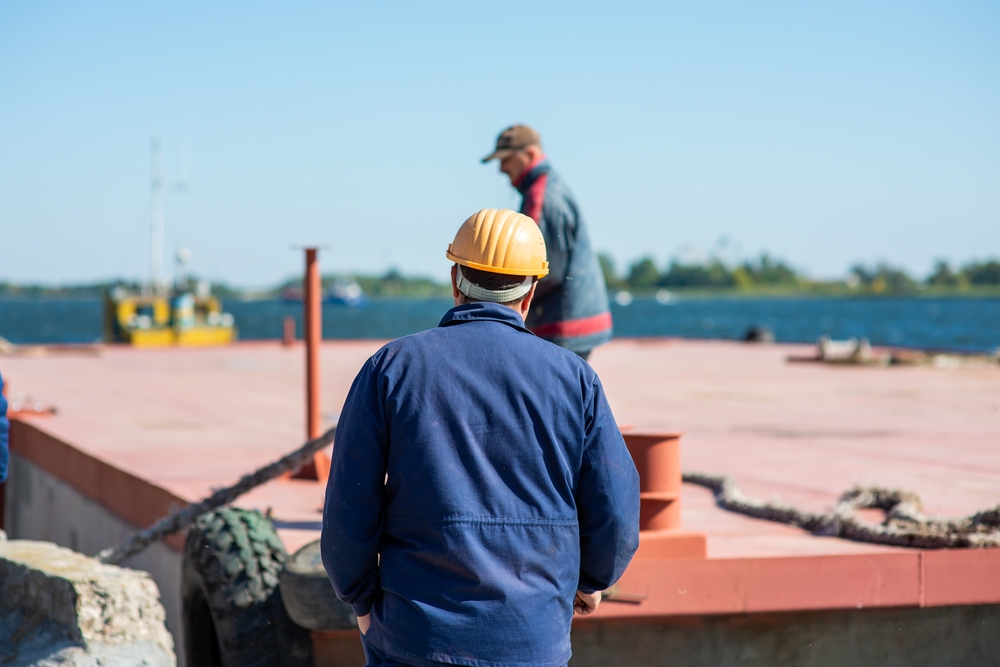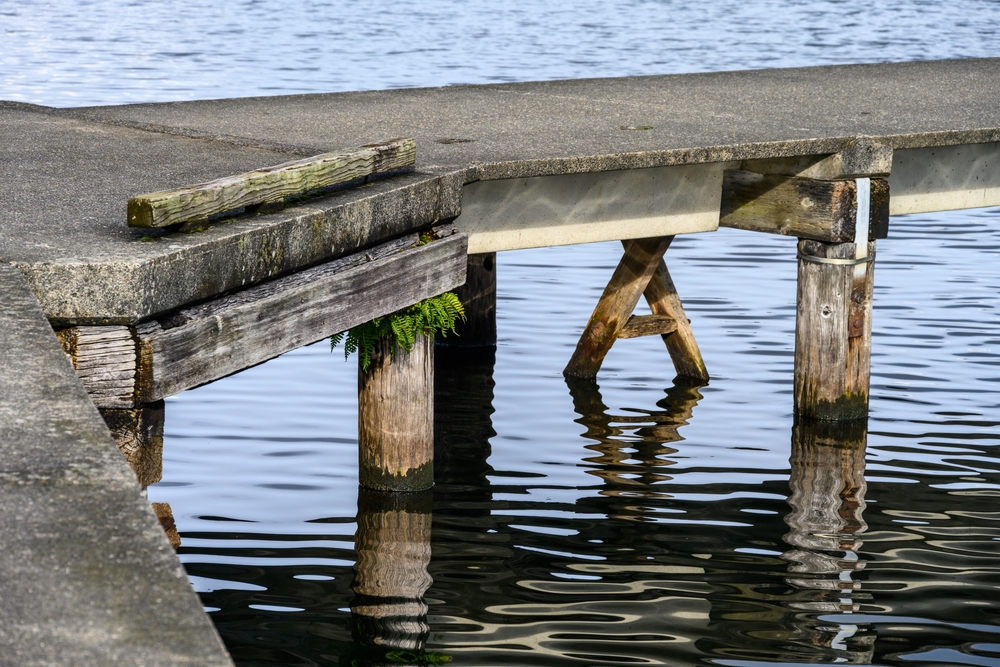Table of Contents
Designing a dock for a waterfront property is a crucial decision in any marine construction project. Whether it’s for residential, commercial, or industrial use, choosing between a floating dock and a fixed dock can significantly impact the functionality, maintenance, and long-term value of the installation. In this article, we break down the pros and cons of floating docks vs fixed docks to help you determine the best solution for your specific waterfront construction needs.
Understanding the Basics
Floating Docks are buoyant platforms that rise and fall with the water level. They are anchored to the shore and sometimes to the seabed using pilings or cables, but their main feature is that they adjust with changing tides.
Fixed Docks, on the other hand, are permanently secured to the bottom of the waterbody with pilings or posts. These structures remain at a constant height above the water regardless of tidal changes.
Each system has its unique advantages and challenges, and the right choice depends on a variety of site-specific factors.
Key Considerations in Dock Selection
Before choosing between a floating or fixed dock, waterfront construction professionals must evaluate:
- Water Depth and Tidal Range
- Wave and Wind Exposure
- Soil Conditions at the Water Bottom
- Usage Requirements (residential, marina, industrial)
- Accessibility Needs
- Budget and Maintenance Expectations

Floating docks adapt to changing water levels, making them an excellent choice for tidal or fluctuating environments. Their modular nature allows for easier installation, repositioning, and repairs, especially in commercial or high-traffic waterfronts.
Let’s look at how floating docks and fixed docks compare based on these factors.
1. Performance in Varying Water Levels
Floating Docks are Ideal for environments with frequent or extreme changes in water level. The dock rises and falls with the tide, ensuring constant access to the waterline. This makes floating docks especially suitable for lakes, rivers, and tidal estuaries. Fixed Docks are best for bodies of water with minimal tidal fluctuations. In high or low tides, the dock height can become inconvenient or even hazardous. Accessibility may be compromised during low tides unless ramps or stair systems are installed.
2. Stability and Load-Bearing Capacity
While modern designs offer impressive stability, they can still be susceptible to movement due to waves, heavy foot traffic, or shifting weights. This can be mitigated by wider platforms and reinforced floatation systems. On the other hand, Fixed Docks offer superior stability and can bear heavier loads. Ideal for boat launches, crane-supported operations, and other high-load applications. They are commonly used in industrial waterfronts and commercial marinas.
3. Site Soil Conditions
Floating Docks require minimal seabed disturbance, making them ideal for areas with soft or unstable soils. Anchoring systems are less invasive and can be adjusted without major underwater work. Fixed Docks depend heavily on soil strength and consistency. Driving pilings in soft sediments can be challenging and costly. Specialized equipment may be needed to ensure structural integrity.
4. Wave and Wind Exposure
Floating Docks are more vulnerable to rough water and strong winds. Additional anchoring and wave attenuation systems are required in exposed sites. In protected coves or small lakes, however, they perform very well. On the contrary, Fixed Docks can withstand harsh weather conditions better due to their rigid structure. Pilings and frame systems provide excellent resistance against storm surge and wind-driven waves.
5. Installation and Maintenance
Floating Docks are generally easier and faster to install. Modular components allow for customization and future expansion. Maintenance is lower due to reduced water exposure to structural parts. However, floatation materials may require periodic replacement. In opposite, Fixed Docks require professional installation, including pile driving and extensive framing. Maintenance needs include corrosion protection, piling inspection, and decking repairs, especially in saltwater environments.
6. Accessibility and Safety
Floating Docks provide consistent height relative to the water surface, making them safer and more accessible, particularly for small boats and individuals with mobility issues. Fixed Docks can pose challenges during fluctuating tides. Ramps and ladders are often required, which can be steep or unstable depending on water levels.

Fixed docks are built on pilings or posts driven into the lake or seabed, making them sturdy and dependable even in rough waters. Ideal for locations with stable water levels, they offer a long-lasting and low-maintenance solution for waterfront access.
7. Cost Implications
Floating Docks are typically lower initial cost and less labor-intensive installation. Long-term costs depend on floatation durability and replacement schedules. Fixed Docks have higher upfront costs due to piling and structural materials. Maintenance and repair work may also increase lifecycle costs, especially in saltwater environments.
When to Choose Floating Docks
Choose floating docks if:
- Your site has significant water level changes
- The soil is soft or unstable
- You need faster and more flexible installation
- Accessibility and low maintenance are key priorities
When to Choose Fixed Docks
Choose fixed docks if:
- Your site is exposed to heavy waves or wind
- You require high structural stability and load capacity
- The tidal variation is minimal
- You have a long-term construction plan and can accommodate periodic maintenance
Consulting with marine construction experts and conducting a detailed site analysis can help you make a well-informed decision that supports the long-term success of your waterfront construction project.
Whether you’re building a residential boat dock, a commercial marina, or an industrial wharf, understanding these dock comparison fundamentals will lead you to the most effective solution for your needs.




